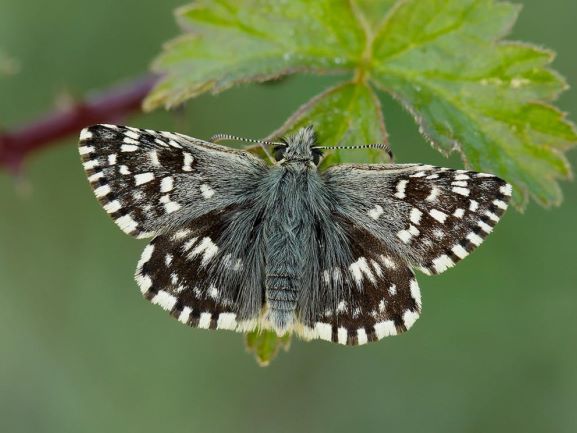Earlier this year we launched our sustainability strategy, “Resourceful, Responsible” outlining our key strategic pillars –
1. Building a circular economy
2. Tackling climate change
3. Caring for our people, supporting our community.
It’s been eight months since its release and what an eight months it’s been! We, alongside thousands of other businesses, have been adapting to changes brought about by the coronavirus pandemic but, our plans for sustainability haven’t changed.
As part of our third pillar “caring for our people, supporting our community”, one of our targets is to manage 30% of Biffa’s estate for biodiversity.
What is biodiversity?
The term biodiversity was coined by W. G. Rosenin the 1980s and has since become a topic of interest due to the extinction or endangerment of many species of animals and insects in the wild. Biodiversity essentially is the foundation on which the vast array of life on earth exists. It is the variety of species and the difference between species which together forms all the ecosystems, on land and at sea.
Presently we are reviewing biodiversity based at our landfill restoration sites. Where once a landfill site was in operation, there is now an opportunity to support pollinators and biodiversity. Here’s what we have done so far…
Biffa’s Butterflies
In partnership with the national charity Butterfly Conservation, we have developed a scheme which will provide biodiversity enhancements over and above the pre-existing approved restoration scheme at Brookhurst Wood Landfill Site, a closed landfill in West Sussex.

Permission was granted in February 2020 for the 14 hectare wildflower habitat which will support a vast range of species including the Grizzled Skipper.
The Grizzled Skipper, despite its name, is a gentle creature – a spring butterfly! It has black or dark brown wings and can easily be identified by its checkerboard pattern of white spots.
The butterfly occurs across southern England, commonly in small colonies, and has declined in several regions. In Wales, it is restricted to the south coast and post-industrial sites in the northeast.
Its main habitats are woodland rides, glades, and clearings; unimproved grassland, chalk downland and also disused mineral workings, spoil heaps, railway lines and even rubbish tips, making our southern closed landfill site a perfect home for these beautiful insects.
What to know what else we’ve been doing for biodiversity?
Have you heard about Biffa Bees?
Last autumn we launched our Biffa Bees campaign where we planted an estimated 21,000 bulbs and over 11 million seeds at multiple Biffa locations, allowing up to 7,000 sq m of wildflower planting. Teams were also encouraged to construct bee hotels to provide much needed shelter and nesting sites for the various species of solitary bees, many of which became occupied with bees over the summer. Pollinators like solitary bees play an important role in our ecosystem, they pollinate crops and ensuring that plant are healthy and productive for mammals (including humans) and birds to eat.
“Did you know… one in three mouthfuls of food and drink require pollination?”
Did you know… one in three mouthfuls of food and drink require pollination?
Due to the decline in the solitary bee’s natural habitat their numbers are in decline. Wildflowers provide essential pollen and nectar for these buzzy bees as well as a nesting place – some species of bee such as the harebell carpenter bee are so dependent on bell flowers they cannot survive without them.
Find out more about our ambitious sustainability goals in our “Resourceful, Responsible” strategy.




INDEED we are all in this together.